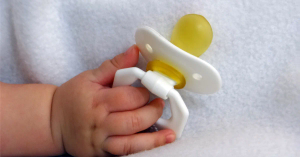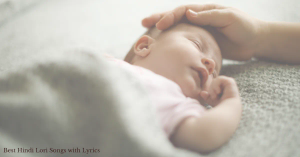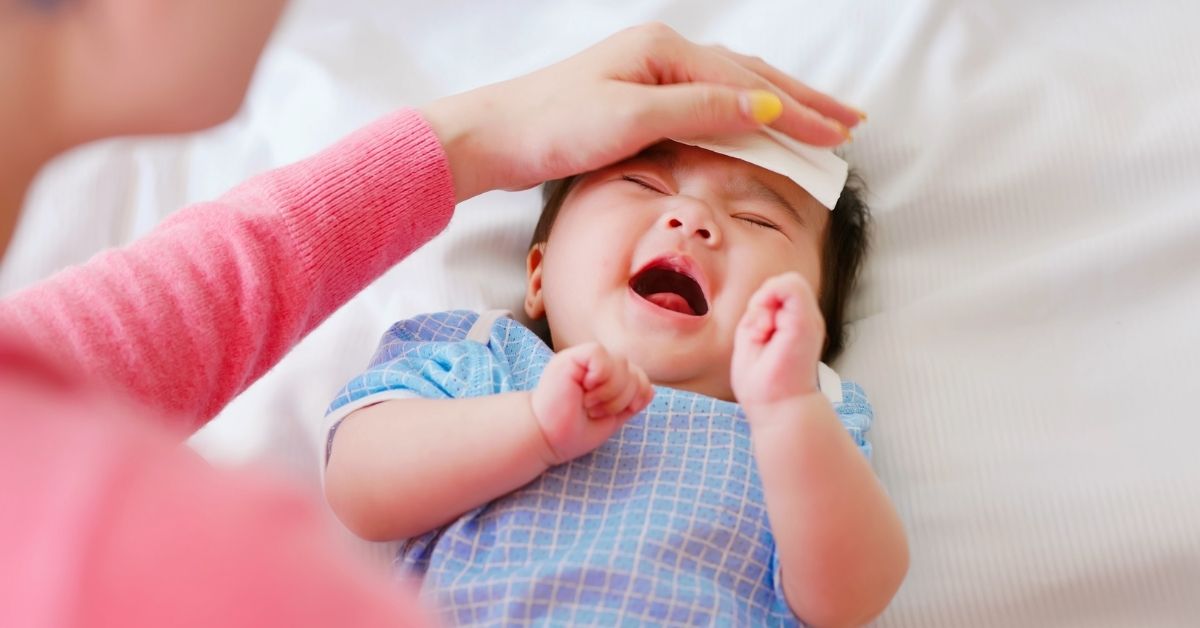What is neurofibromatosis type1?
Neurofibromatosis type 1 is kind of genetic condition which causes uncontrolled growth of tissue. It leads to benign growths under the skin, around bones, in tissues of the body. A benign growth means that it is not cancerous. Regardless, it can cause problems for the child. Neurofibromatosis type 1 occurs in around one per 3000 live births. It can cause problem with growth and development, facial features, appearance of the bodies, hormonal issues and overall growth.
What causes neurofibromatosis type1?
Neurofibromatosis type1 happens because of a change in gene known as NF1. It controls the system responsible for cellular communication and replication. The mutation of NF1 gene may be spontaneous which means that it appear suddenly and the parents do not have it while the child does.
Sometimes, it can be passed from a parent to a child. If a parent has a mutation there is approximately 50% chance of passing the same to the child. Depending on the type of NF1 mutation neurofibromatosis type1 can be of 3 kinds- classic, mosaic and segmental.
What are the signs and symptoms of neurofibromatosis type1?
The signs and symptoms of neurofibromatosis type1 vary from child to child. Some may have very mild symptoms while other have severe problems. On birth, most children do not show any symptoms but some may have curved leg bones.
By 1 year of age, most develop skin spots which are known as cafe au lait. Other signs and symptoms of neurofibromatosis type1 in children include:
- Café-au-lait spots on skin which are darker than surrounding skin with 1/4-inch or greater breadth.
- The child may show delay in walking , talking, and other milestones .
- Bumps in and under the skin called neurofibromas are usually present.
- The head of the child appears larger as compared to body.
- The child can have headaches.
- The child can have attention problems.
- The child may be hyperactive.
- The height of the child may be shorter.
- There may be side-to-side curves in the backbone.
- The child can have freckles in their armpits or in the crease of groin.
How is neurofibromatosis type1 managed?
A team of multi disciplinary specialist would be required to effectively manage neurofibromatosis type1 and it would include doctors from various fields including pediatrics, pediatric surgery, neurology otolaryngology, ophthalmology, psychiatrist, behavioural therapy, spech therapy and so on.
Medications or surgery, either can be required for management of neurofibromatosis type1 depending on the age of child, predominant symptoms and progression of disease.
Can my child have long term complications due to neurofibromatosis type1?
A child with neurofibromatosis type1 usually has mild symptoms only. Regardless, some problems may develop in certain body systems and regular monitoring is needed for early diagnosis and prevention. Problems may develop with:
- ocular and vision problems
- blood pressure
- new tumor may develop
- tumor growth rate
- scoliosis
- learning problems
What should I know as a parent?
- Even though neurofibromatosis type1 may take a long time to be diagnosed, almost all children are definitely diagnosed by the age of 8 years.
- You should take care that your child has regular checkups and does not miss follow up consultations.
- You should ensure that your child takes all medications as prescribed.
- New research is constantly being carried out regarding neurofibromatosis type1. You may want to check if your child is eligible for registration and participation in any clinical trials.








